But striking a reef, they ran the ship aground; the bow stuck and remained immovable, but the stern was being broken up by the force of the waves. The soldiers’ plan was to kill the prisoners, so that none might swim away and escape; but the centurion, wishing to save Paul, kept them from carrying out their plan. He ordered those who could swim to jump overboard first and make for the land, and the rest to follow, some on planks and others on pieces of the ship. And so it was that all were brought safely to land.
After we had reached safety, we then learned that the island was called Malta. The natives showed us unusual kindness. Since it had begun to rain and was cold, they kindled a fire and welcomed all of us around it. Paul had gathered a bundle of brushwood and was putting it on the fire, when a viper, driven out by the heat, fastened itself on his hand. When the natives saw the creature hanging from his hand, they said to one another, “This man must be a murderer; though he has escaped from the sea, justice has not allowed him to live.” He, however, shook off the creature into the fire and suffered no harm. They were expecting him to swell up or drop dead, but after they had waited a long time and saw that nothing unusual had happened to him, they changed their minds and began to say that he was a god. Now in the neighborhood of that place were lands belonging to the leading man of the island, named Publius, who received us and entertained us hospitably for three days. It so happened that the father of Publius lay sick in bed with fever and dysentery. Paul visited him and cured him by praying and putting his hands on him. After this happened, the rest of the people on the island who had diseases also came and were cured. They bestowed many honors on us, and when we were about to sail, they put on board all the provisions we needed. Acts 27:41-28:10
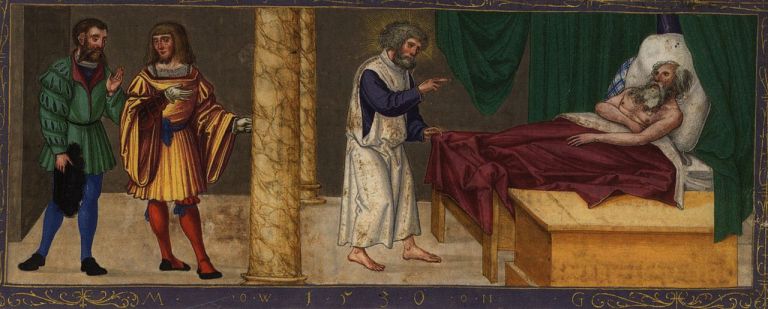
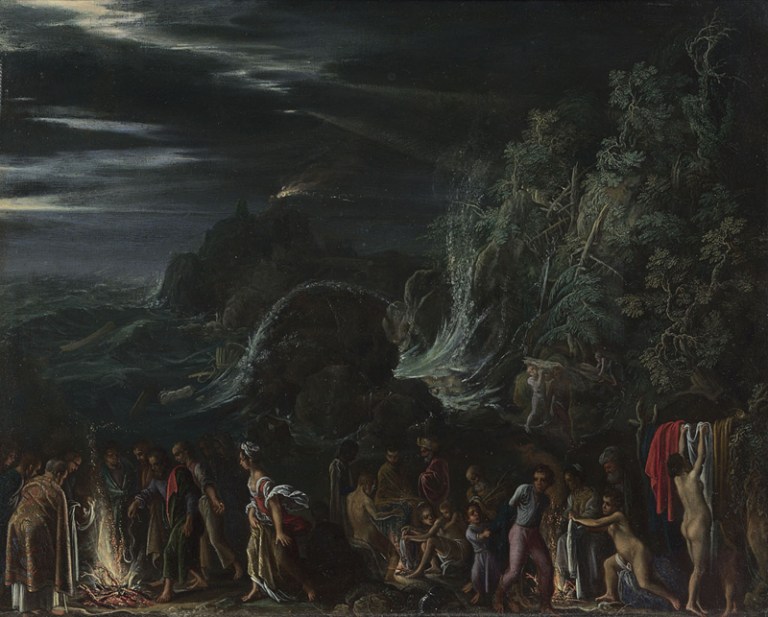
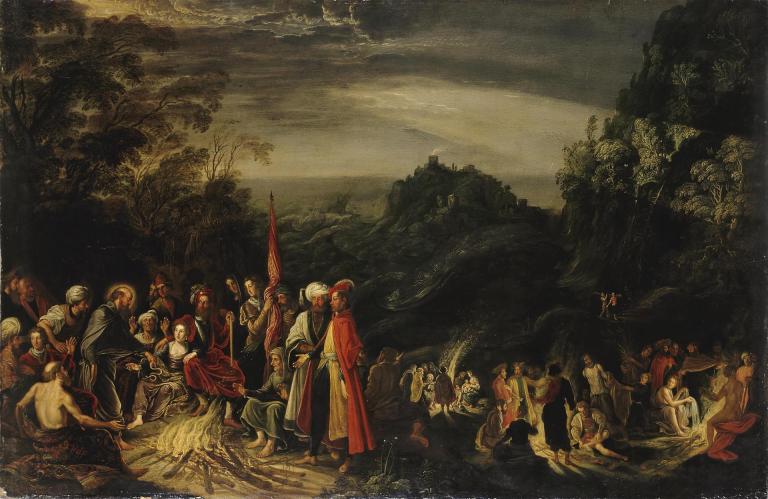
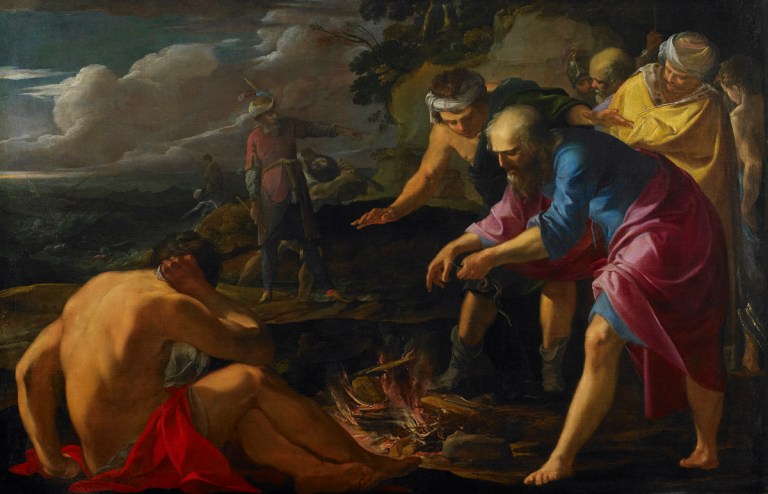
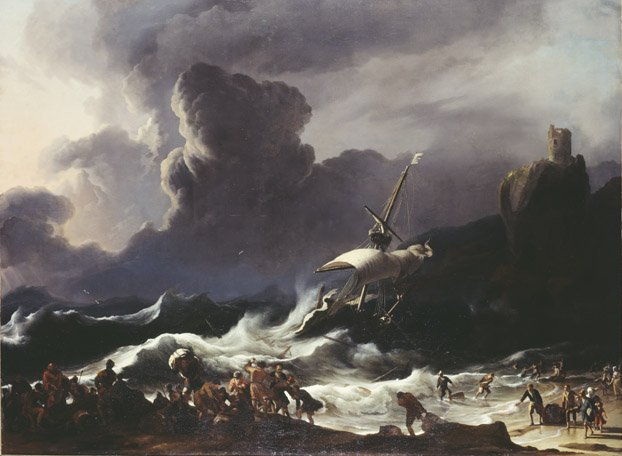

19th-century paintings from San Paolo fuori le Mura, Rome.

When we came into Rome, Paul was allowed to live by himself, with the soldier who was guarding him. He lived there two whole years at his own expense and welcomed all who came to him, proclaiming the kingdom of God and teaching about the Lord Jesus Christ with all boldness and without hindrance. Acts 28:16,30-31
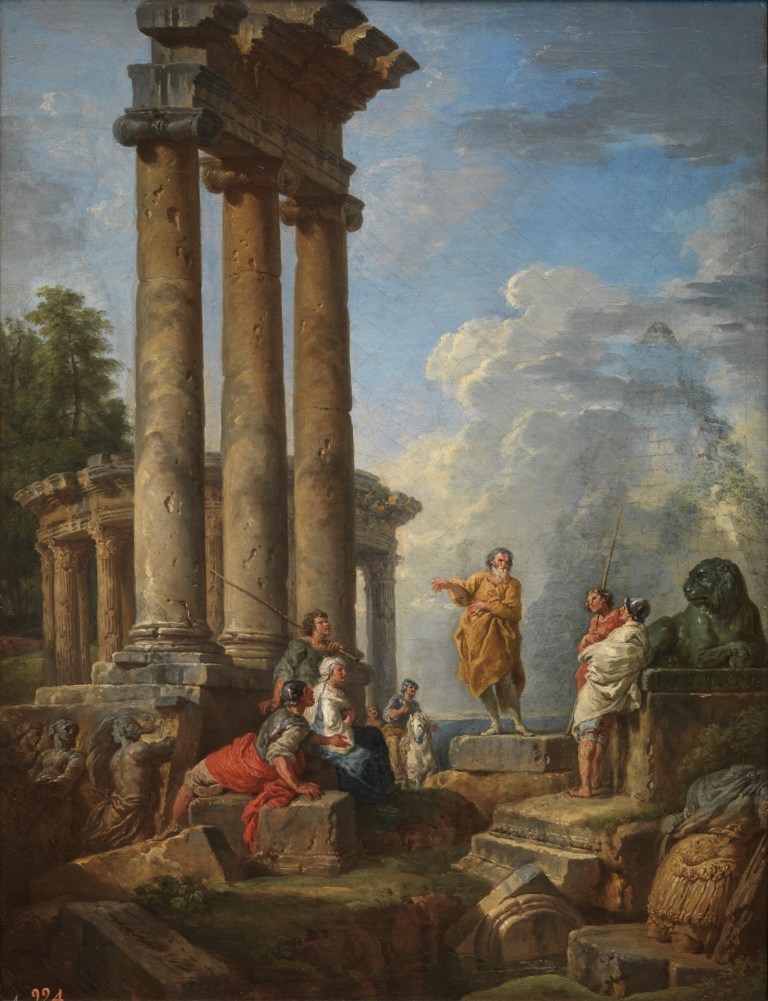
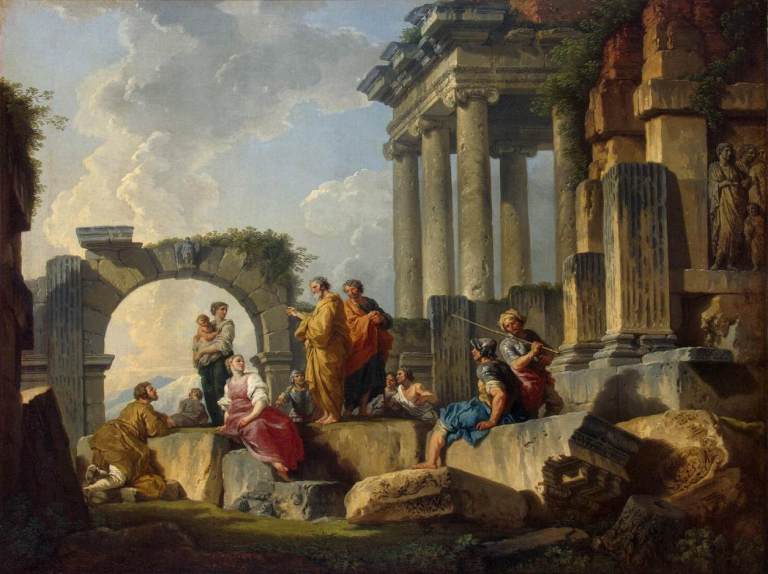




One thought on “Saint Paul in Malta and Rome”